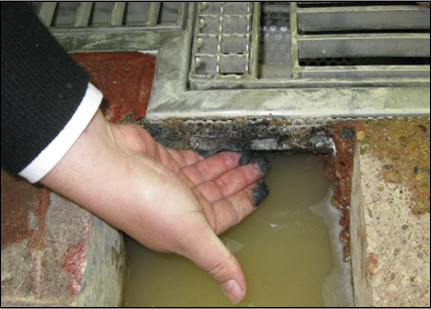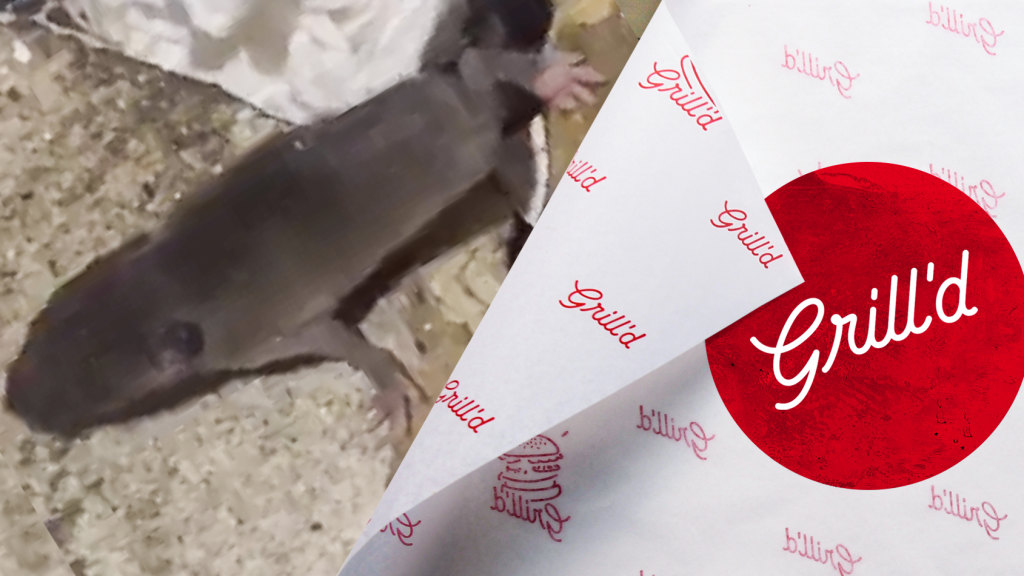In our day to day lives how much attention do we give our bowels? All our focus is on the tongue and stomach at best. Beyond that we forget about what goes on. On similar lines, the drainage is often forgotten in our obsession for product taste, packaging and the like and it can come back to haunt us.
A badly designed drainage system can become a nightmare for any food processing unit. Drains that are hard to clean increase the microbial loads and those that do not meet the carrying capacity get chocked very often and cause water stagnation. This can create extra problems for food safety and may lead to stop production.
So what are the things that you should be aware of while designing your facility? Here are a few pointers
 Type of load
Type of load
It is important to understand what the drains will be carrying. For example if it is a dairy plant, the drains would carry only the milk spillage and water from cleaning and these can flow easily. On the other hand, if you are designing a kitchen then the drains would need to carry a slurry of food which is dense and may contain chunks of food. In such scenarios creating adequate traps and interceptors to collect and remove the food waste is critical.
Carrying Capacity
The classic question that always comes is how big should be the drain. You don’t want to make them too big cause it cost money and you never want to make them too small as they would clog. A good way to estimate the carrying capacity is to start with the amount of water you hope to use. After you have estimated the volume, next is the rate. Your SOPs are a good way to estimate what is the maximum flow and the timings when this would happen (typically during cleaning).
Direction of Flow The general rule of thumb while designing a drainage system is that the drains should flow from the high risk area to the low risk area. Drains sheath a large number of pathogenic microbes both as free living as well as in the form of biofilms. If not taken care of properly, these microbes can easily become serious food safety hazards.
The general rule of thumb while designing a drainage system is that the drains should flow from the high risk area to the low risk area. Drains sheath a large number of pathogenic microbes both as free living as well as in the form of biofilms. If not taken care of properly, these microbes can easily become serious food safety hazards.
Other things that need to be considered while planning a drainage system are placement of the drains, ease of installation and cleaning and simplicity of maintenance and repairs. You also need to be mindful of your country’s regulation where you may be required to process your effluent before connecting it to the public utility.
The EHEDG (European Hygienic Engineering and Design Group) has designed good practice principles for the drainage system. These principles of hygienic design require channels to have completely drainable sumps and a minimal slope of 1% longitudinal and cross all areas. Drainage channels should have slopes to avoid stagnation of water, odours, microbial growth and potential chemical hazards.
EHEDG states that lap joints cannot be welded hygienically because welding creates a void which will harbour bacteria. EHEDG guidelines also require all corners to be rounded as they are easy to clean. To ensure every part of the drainage surface is easily accessible and to meet best practice guidelines, drainage should feature rounded corners with minimum radii of 3mm to 4mm.
In the Indian context, FSSAI guidelines say that the drainage system should be designed and constructed so that the risk of contaminating food or potable water supply is avoided. It further specifies the gradient that should be at least one foot for every 100 feet in linear distance. It should be smooth, preferably tiled in all three sides. The drain shall be covered in the food processing area with removable grills filters or any other removable fittings. There shall be cockroach trap in all trapping area to prevent re-entry of pest from outer environment into food area. There shall be such traps of filters at the end of these drains at the landing end of these drains to prevent the re-entry of all these animals.
Drainage and cleaning are the pre-requisites of an effective HACCP system and hence it is very important to think about the kind of drainage system required by the facility. Drains, cleaning processes and flooring should always be planned holistically as they all directly impact upon each other’s performances. Dedicating time and efforts to assess the cleaning and sanitation processes will essentially save the time, money and hassles to occur in future.
If you are setting up a new facility and would like to do it right, reach out to us at info@foodsafetyworks.in
 Author: Surabhi Soral is a Food Technologist and passionate about setting things right in the first go. She is a Senior Associate Consultant at Food Safety Works.
Author: Surabhi Soral is a Food Technologist and passionate about setting things right in the first go. She is a Senior Associate Consultant at Food Safety Works.






